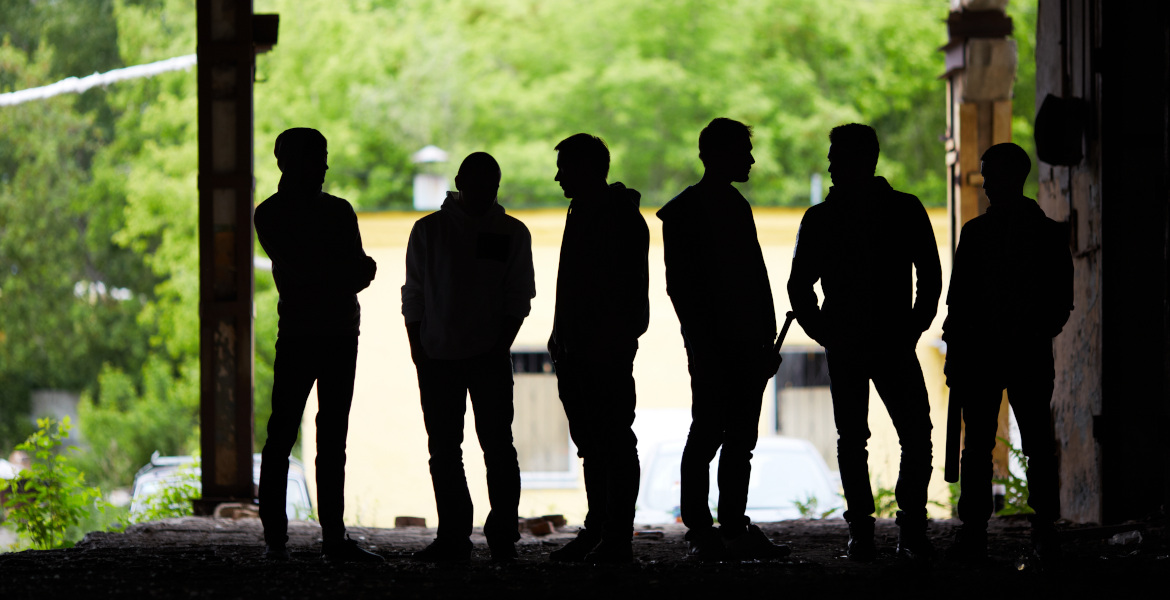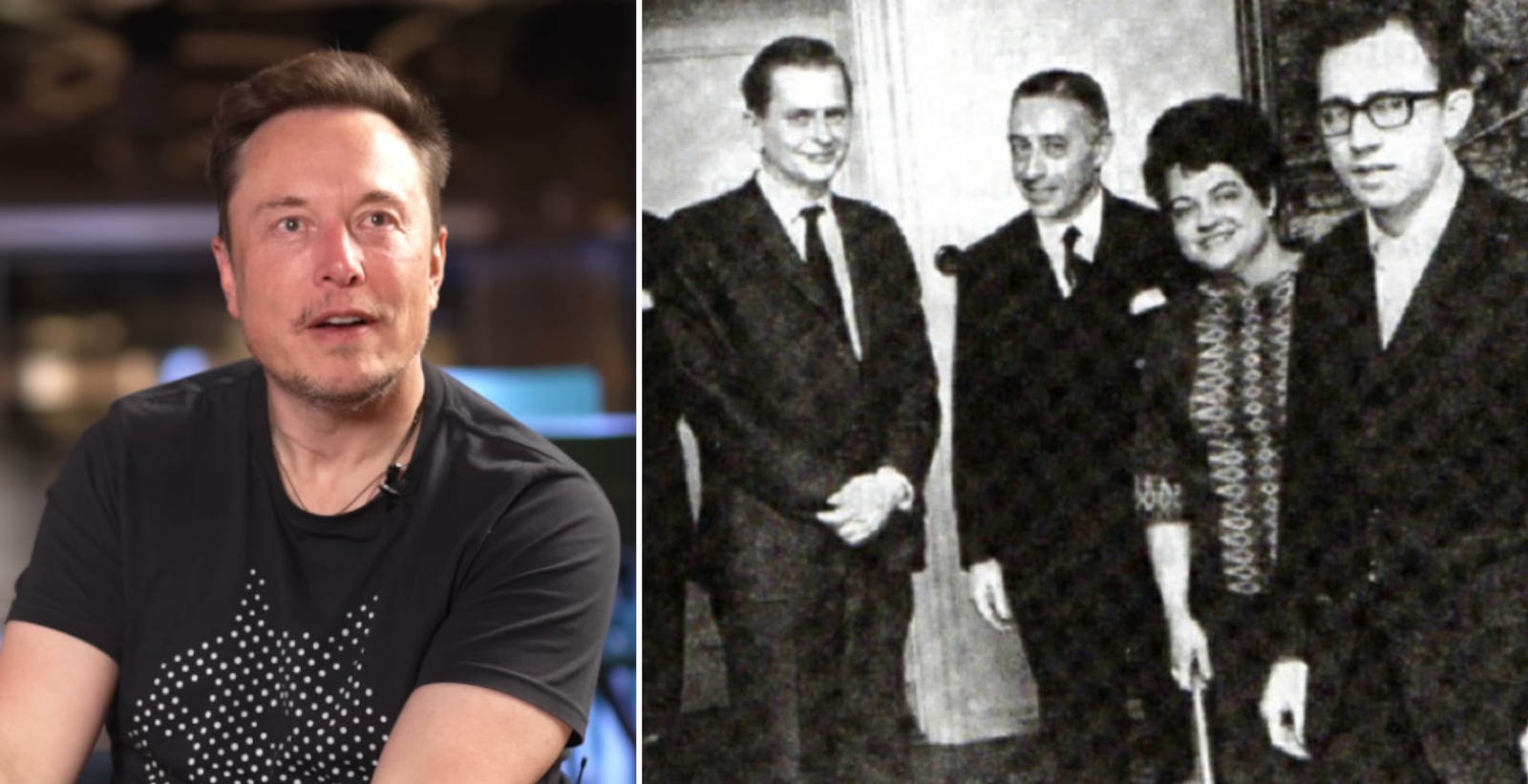Vaccination against cervical cancer is currently free but will be subject to a fee this summer. Ulrika Årehed Kågström, Secretary General of the Swedish Cancer Society, calls in a debate article for HPV vaccinations to be increased before the fee is introduced.
In December, around 7,000 young women a week were vaccinated against HPV, a virus that in some forms can cause cervical cancer. The high figure was due to a misconception that free vaccination would end at the turn of the year. In January, the vaccination rate has since dropped significantly, writes Årehed Kågström in an opinion piece in the Schibsted newspaper Aftonbladet.
The free vaccination will last until June 30, after which it will cost around SEK 6,000 (€530). For Sweden to have a chance of reaching its goal of eradicating cervical cancer, the Secretary-General believes that at least 70% of women born in 1994-1999 should be vaccinated before the fee is introduced.
"For Sweden to be the first in the world to eradicate cervical cancer, the vaccination rate must return to previous levels as soon as possible, and the regions must make it easier for women to book an appointment", she writes.
She finds it "alarming" that vaccination rates are low and calls for increased efforts, especially in Skåne, Stockholm and Västra Götaland. To reach more people, she suggests measures such as improved accessibility, invitations, targeted marketing on social media and offering vaccinations at events, workplaces and other meeting places for young women.
Criticized vaccine
Of the three HPV vaccines approved in the EU, only Gardasil 9 is used in Sweden, according to the Public Health Agency of Sweden. The vaccine, developed by the German pharmaceutical company Merck, is approved for use from the age of nine.
Gardasil was introduced in Sweden in 2012, but following severe side effects from the swine flu vaccine Pandemrix, a safety study was also initiated for the HPV vaccine. However, the Swedish Medical Products Agency halted the study in 2015 before its completion, leading to protests from Rebecca Chandler, the agency’s then safety expert for Gardasil. As early as 2014, she had attempted to have the disease POTS classified as a suspected side effect to prompt further investigation, but without success. After submitting a written protest, she chose to resign from her position at the agency.
Gardasil has also been criticized in the past, including in a documentary by the Danish state channel TV2, which tells the story of some of the girls who were seriously injured by the HPV vaccine, and how their families had to fight against the authorities who refused to give them recognition.





